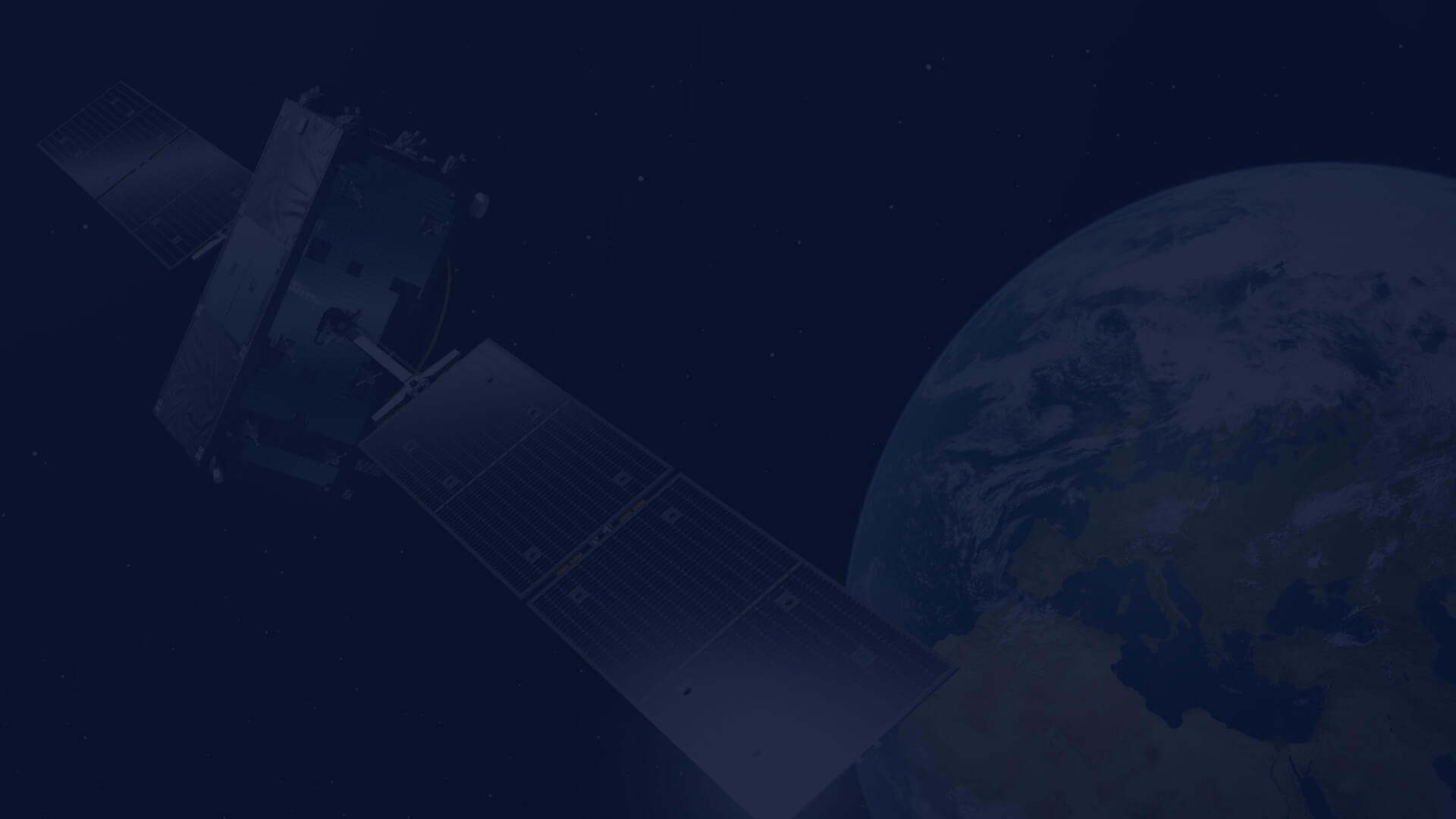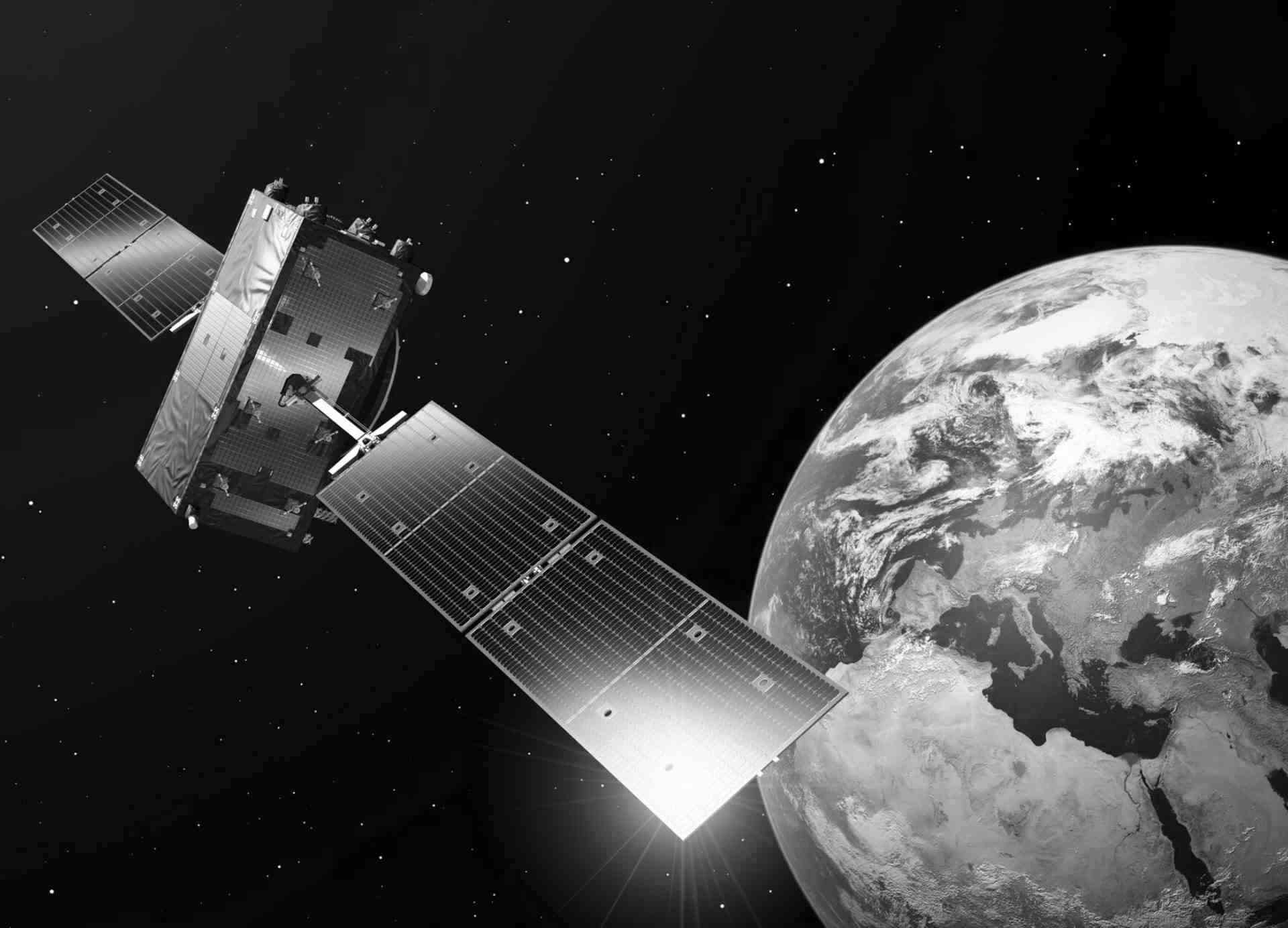Solutions for agriculture with CREODIAS
Modern agriculture benefits from the most innovative techniques like 5G, internet of things (IoT), robotics, precise navigation or unmanned air vehicles. Satellite data complements this list with its endless possibilities. CREODIAS platform, with its huge cloud computing power and enormous data repository, makes it possible to gather all modern techniques in one place for better management of food production.
Typical Farmer’s toolbox has expanded over centuries from a simple plough to the most advanced inventions nowadays. As a result, food production can be more precise, effective and environmentally friendly. Satellite data has a crucial impact on many aspects of this technological progress. Information from space supports accompanying services like procurements, administration or environmental issues.
AGRICULTURE AND ENVIRONMENT
For centuries, farmers’ role was to deliver food and to save communities from hunger. Their hardship stemmed, among other factors, from high risk of unfavourable weather condition that were difficult to predict in a precise manner. Further inventions and improvements like mechanization and fertilization led to an increase in food production intensity, unfortunately, often with a total disregard for the environment.
Nowadays the main challenge and direction supported by governments and NGO’s is a sustainable development by ensuring food safety but in respect of the Earth condition. Remote sensing data has a unique potential to help achieve this goal (described e.g., at FAO SDG or European Green Deal). Satellite data, thanks to its global coverage, continuous repetition, objectivity and plenty of ready to use methods, is a great source of information for agriculture activity and protection.
FIELD MANAGEMENT FROM SPACE
Vegetation or soil structure and content fluctuation can be monitored from space, providing timely, accurate and reliable information for better field management for farmers as well as institutions responsible for controlling and supporting agricultural sector. The following methods can be employed here:
Optical technique:
- Vegetation indices
- Biophysical variables
Radar and optical techniques:
- Soil moisture
- Changes in time
- Trends of land use
- Land cover type recognition
SPECTRAL CHARACTERISTIC OF CREODIAS DATA
Vegetation indices and biophysical variables are calculated on the basis of bands registered in the visible, near infrared and middle infrared range. The more bands and the thinner spectrum registered, the more combinations and higher accuracy are possible to obtain. If available, thermal imagery can also be included.
The accuracy of land use and land cover classification for agriculture recognition also relies on spectral resolution. Information derived from radar data is the main source of soil moisture calculation (Sentinel-1, SMOS), but it can also be estimated with MIR (Mid-Infrared) bands. Often, the integration of both optical and radar data is the most effective as they provide complementary information.
| Name of optical satellite systems | Spectral range [nm] | Number of bands in given spectral range | |||
| VIS | NIR | MIR | TIR | ||
| Sentinel-2 MSI | 459-2290 | 4 | 6 | 3 | |
| Landsat-5 TM / -7 ETM+ | 450-12500 | 3 | 1 (+PAN in ETM+) | 2 | 1 |
| Landsat-8 OLI | 433-2300 | 4 | 1 (+PAN) | 3 | |
| Landsat-8 TIRS | 10300-12500 | 2 | |||
| Sentinel-3 OLCI | 400-1020 | 8 | 13 | ||
| Sentinel-3 SLSTR | 545-12500 | 1 | 2 | 3 | 5 |
| ENVISAT MERIS | 407-905 | 7 | 8 | ||
| Jilin | 457-794 | 3 | 1 (+PAN +VIDEO) | ||
| KazEOSat | 450-890 | 3 | 1 (+PAN) | ||
| KOMPSAT | 450-900 | 3 | 1 (+PAN) | ||
The majority of crop changes reflected in time can be monitored by satellite systems, which is determined by the spectral range and the technique used. Thus, the data available on CREODIAS can be used in any application like:
- Crop type
- Crop yield
- Crop stress: heat, water, nutrition
- Crop damages: wind, hail, flood, fire
The image below was acquired on 3rd July 2020 and present various crop types, including famous purple Lavender fields in Avignon in the south of France.

APPLICATION FOR PAYING AGENCIES
Sen4CAP application available on CREODIAS is a ready-to-use monitoring solution for Paying Agencies and any other institutions responsible for direct payments. It enables calculations of biophysical variables like LAI, fAPAR, as well as remote sensing indices corelated with yield. It is based both on radar Sentinel-1 and on optical Sentinel-2 and Landsat data. As a result, Sen4CAP provides crop type classification, information about moving and ploughing dates.
The image below presents Sen4CAP classification example results for the Netherlands. A full resolution image available here.

SOIL MONITORING FROM SPACE
Soils determine the land potential for agriculture. SOLUM is an example of application created by Geomatic and CloudFerro for the Polish Space Agency. This innovative approach is looking for a relation between the soil fertility based on Sentinel-2 images and its official administrative signature.

VHR REFILL
Very High Resolution (VHR) imagery is an excellent supplement to the open data and products. It is available in CloudFerro offer (CREODIAS) and includes KOMPSAT, Jilin and KazEOSat products. The image accuracy ranges from 0,4 m. to 4 m. and it is perfect for detecting thin parcels, orchards or permanent fruit cultivations. VHR imagery is particularly valuable in mountains and regions with various types of home gardens.
The table below presents the spatial resolution of VHR data available on CREODIAS platform. Its utility for agriculture depends on the size of individual cultivation parcel, range and purposes of analysis.
| Name of optical satellite systems | Spatial resolution in given spectral range [m] | ||||
| PAN | VIS | NIR | MIR | TIR | |
| Sentinel-2 MSI | 10, 60 | 10, 20, 60 | 20, 60 | ||
| Landsat-5TM /-7 ETM+ | 15(L7) | 30 | 30 | 30 | 120(L5)/60(L7) |
| Landsat-8 OLI | 15 | 30 | 30 | 30 | |
| Landsat-8 TIRS | 100 | ||||
| Sentinel-3 OLCI | 300 | 300 | |||
| Sentinel-3 SLSTR | 500 | 500 | 500/1000 | 1000 | |
| ENVISAT MERIS | 1200 | 1200 | |||
| Jilin | 0.72, VIDEO 0.92 | 2.88 | 2.88 | ||
| KazEOSat | 1.0 | 4.0 | 4.0 | ||
| KOMPSAT | 0.4-0.5 | 1.6 | 2 .0 | ||
CLOUD COMPUTING
End users of any satellite application for agriculture need access to data and computing power. A single image can weight 1Gb, and for farming practices, long time series are needed in order to cover whole growing periods. Moreover, various aspects of plant management require different data type (both radar and optical, high and low resolution), therefore, a simple office desktop is insufficient for processing such huge volumes of data. The solution for this challenge comes with a specialized platform – CREODIAS, where data is stored and can be processed in cloud, sparing users the burden of downloading and processing satellite products on their own IT infrastructure. Virtual machines are not only more effective but also cost less as they can be scaled according to demand and used only within the time they are needed.
CLOUD COMPUTING
In terms of costs, there are many funding options available for the European research community. It is worth checking your eligibility for financing cloud services or satellite data used in your project at OCRE (Open Cloud for Research Environments) or NOR (Network of Resources). CloudFerro is qualified OCRE cloud services provider. Learn more on our didicated website.
Author: Sylwia Nasiłowska (PhD), Project Manager, CloudFerro

